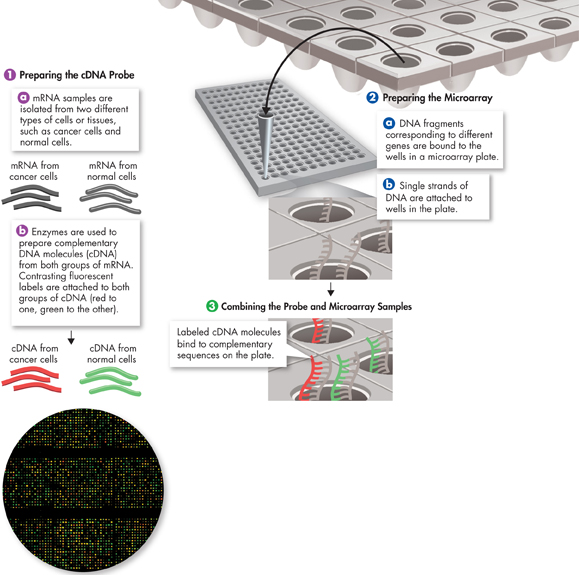
FIGURE 15–18 Analyzing Gene Activity DNA microarrays help researchers explore the underlying genetic causes of many human diseases.
ddExamining Active Genes Even though all of the cells in the human body contain identical genetic material, the same genes are not active in every cell. By studying which genes are active and which are inactive in different cells, scientists can understand how the cells function normally and what happens when genes don't work as they should. Today, scientists use DNA microarray technology to study hundreds or even thousands of genes at once to understand their activity levels. A DNA microarray is a glass slide or silicon chip to which spots of single-stranded DNA have been tightly attached. Typically each spot contains a different DNA fragment. Different colored tags are used to label the source of DNA.
Suppose, for example, that you want to compare the genes abnormally expressed in cancer cells with genes in normal cells from the same tissue. After isolating mRNA from both types of cells, you would use an enzyme to copy the mRNA base sequence into single-stranded DNA labeled with fluorescent colors—red for the cancer cell and green for the normal cell. Next you would mix both samples of labeled DNA together and let them compete for binding to the complementary DNA sequences already in the microarray. If the cancer cell produces more of a particular form of mRNA, then more red-labeled molecules will bind at the spot for that gene, turning it red. Where the normal cell produces more mRNA for another gene, that spot will be green. Where there is no difference between the two cell types, the spot will be yellow because it contains both colors. Figure 15–18 shows how a DNA microarray is constructed and used.
Table of Contents
- Formulas and Equations
- Applying Formulas and Equations
- Mean, Median, and Mode
- Estimation
- Using Measurements in Calculations
- Effects of Measurement Errors
- Accuracy
- Precision
- Comparing Accuracy and Precision
- Significant Figures
- Calculating With Significant Figures
- Scientific Notation
- Calculating With Scientific Notation
- Dimensional Analysis
- Applying Dimensional Analysis




